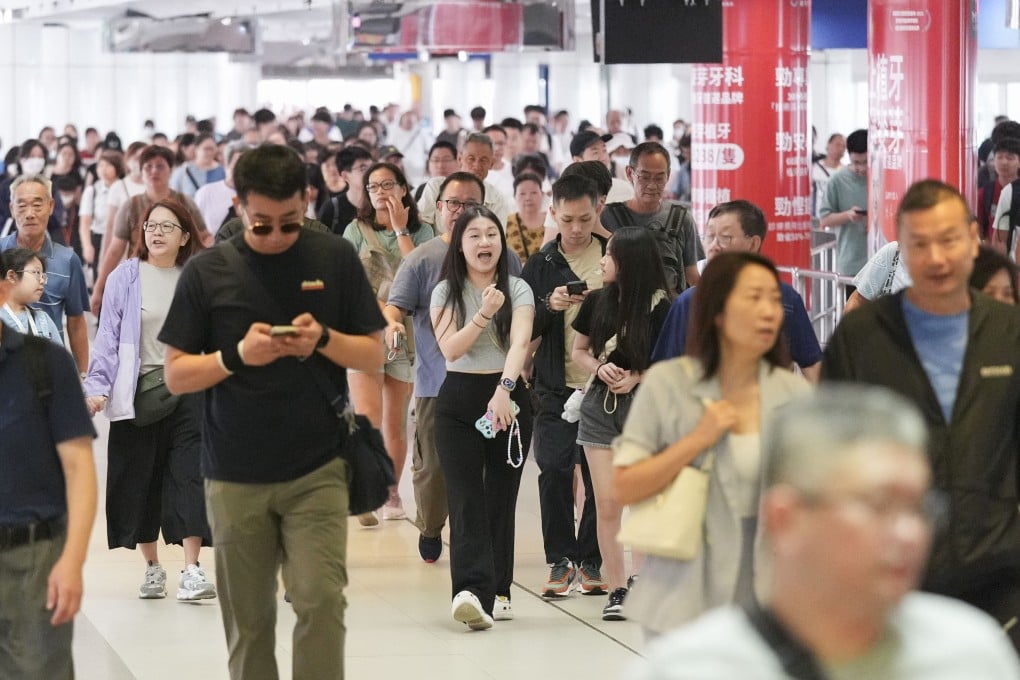Advertisement
Opinion | What Hong Kong can learn from high-flying Shenzhen
The axing of Hong Kong’s National Day drone shows should motivate our leaders to address the lack of public confidence among residents
Reading Time:3 minutes
Why you can trust SCMP
6

Hong Kong is again struggling with a problem of perception. I’m not referring to the badmouthing and negative comment by people outside the city. As the Cantonese saying goes, “the mouth belongs to someone else”. You don’t get to control what comes out of other people’s mouths, however defaming and untrue the content.
Advertisement
With the cancellation of the two drone shows that were supposed to be part of the over 400 events the government had planned to celebrate the 75th anniversary of the People’s Republic of China, I’m afraid tongues are wagging again. And it’s not just the hundreds of thousands of people left disappointed after hours of waiting.
The organisers could have done better to communicate the problem. They said a “technical glitch” led to the cancellation. It wasn’t until later that we found out the reason was actually unsuitable atmospheric conditions. Given the potential adverse impact of ionospheric scintillation – including the risk of interference with the GPS, the possibility of the drones crashing and its implications for public safety – we understand it was a judgment call.
But the impression was made: a “glitch” implies an error. It was a public relations lesson. Meanwhile, lawmakers are now suggesting that contingency plans need to be made for future shows.
The damage didn’t stop there. Worse for Hong Kong, our neighbour Shenzhen managed to hold their drone shows the same day, albeit later than scheduled, and not just one show but successive ones in five districts. The drone operator said the difference came down to flexible timing – Shenzhen waited for conditions to improve while Hong Kong decided to cancel so its fireworks could start on time.
Advertisement
The fireworks were indeed spectacular, but maybe not as “spectacular” as the fact that Shenzhen held multiple drone shows and live-streamed them while Hong Kong couldn’t get its own show off the ground. More reason for people to lament how far Hong Kong is falling behind Shenzhen.


Advertisement
